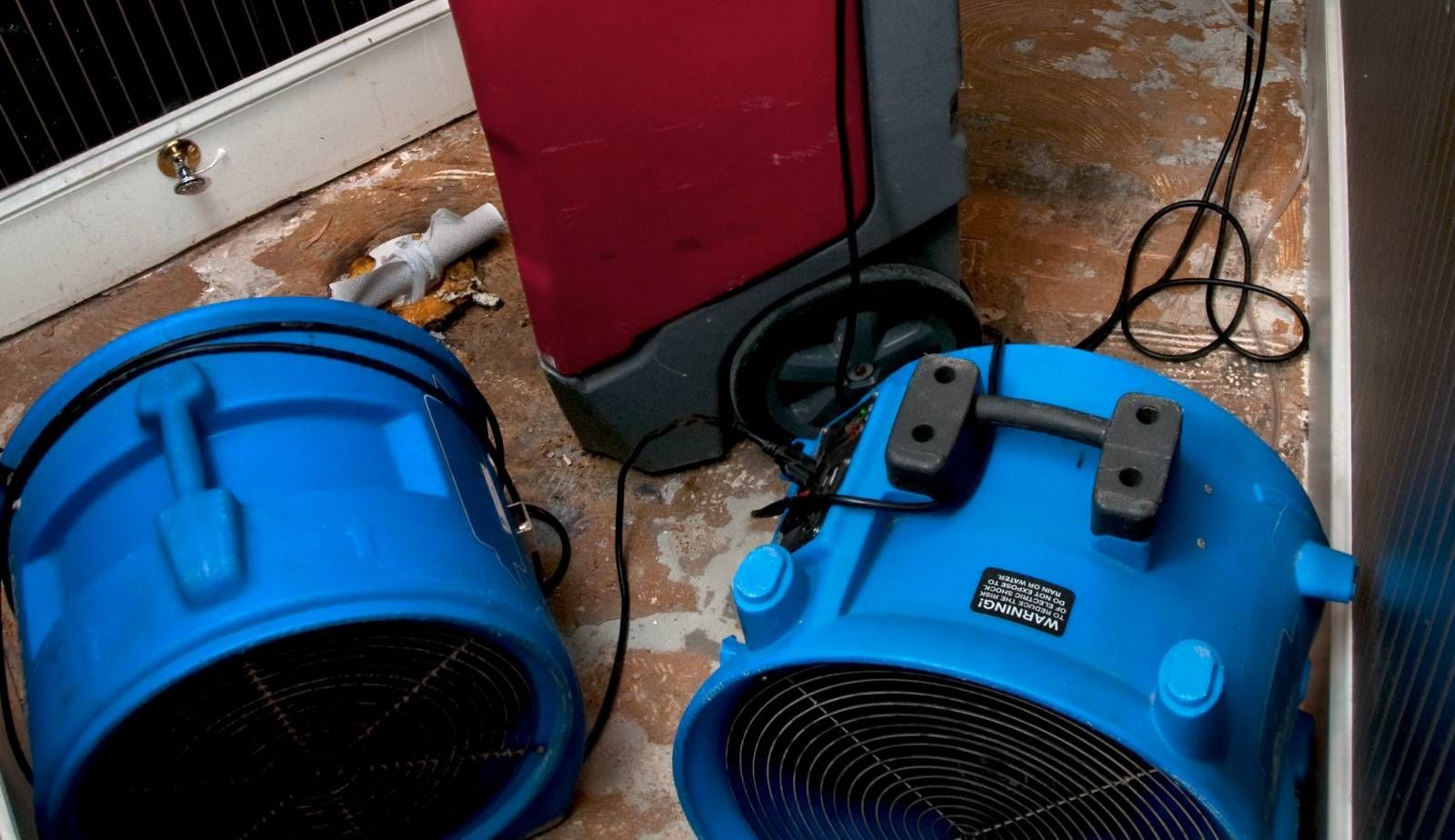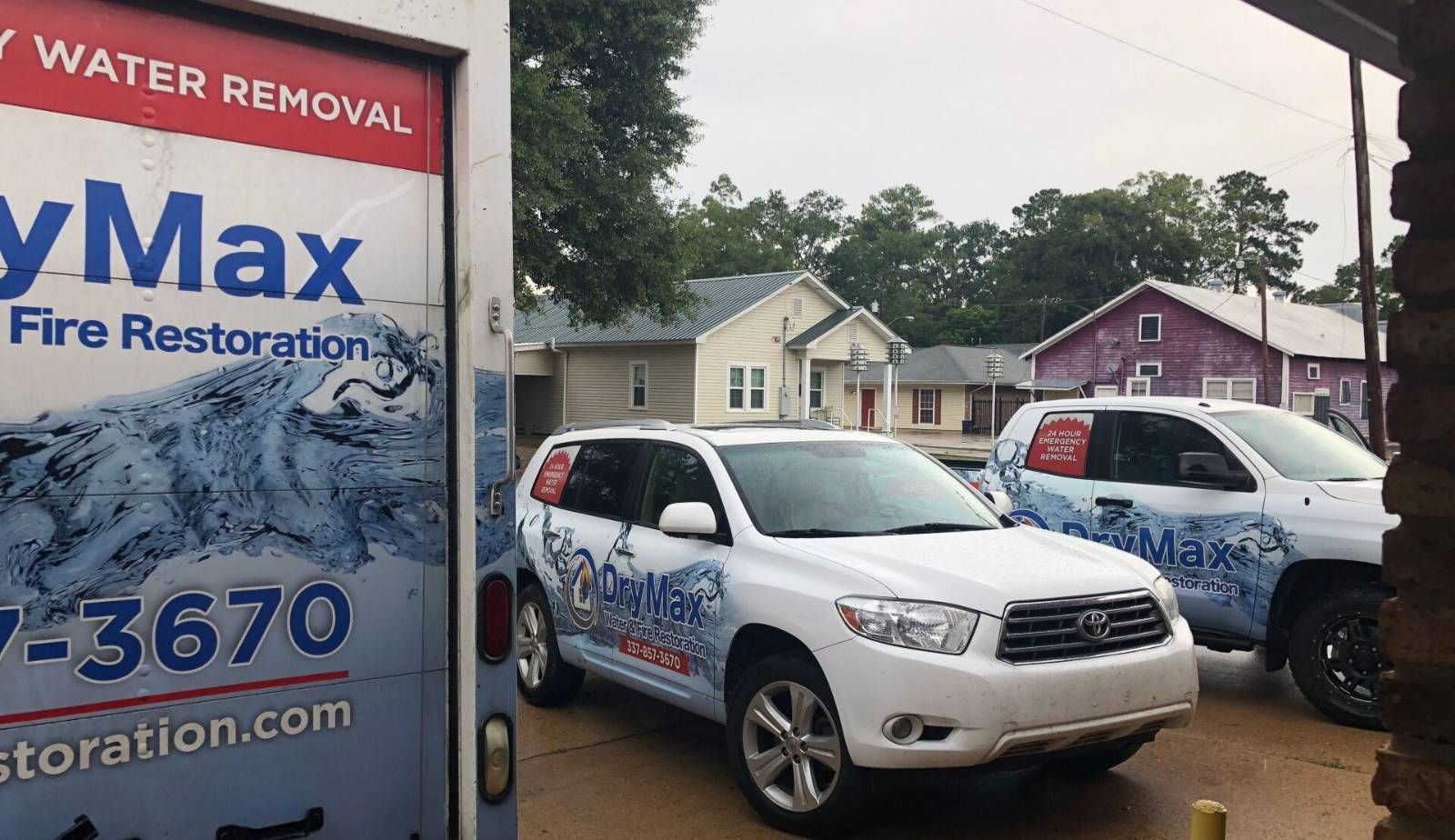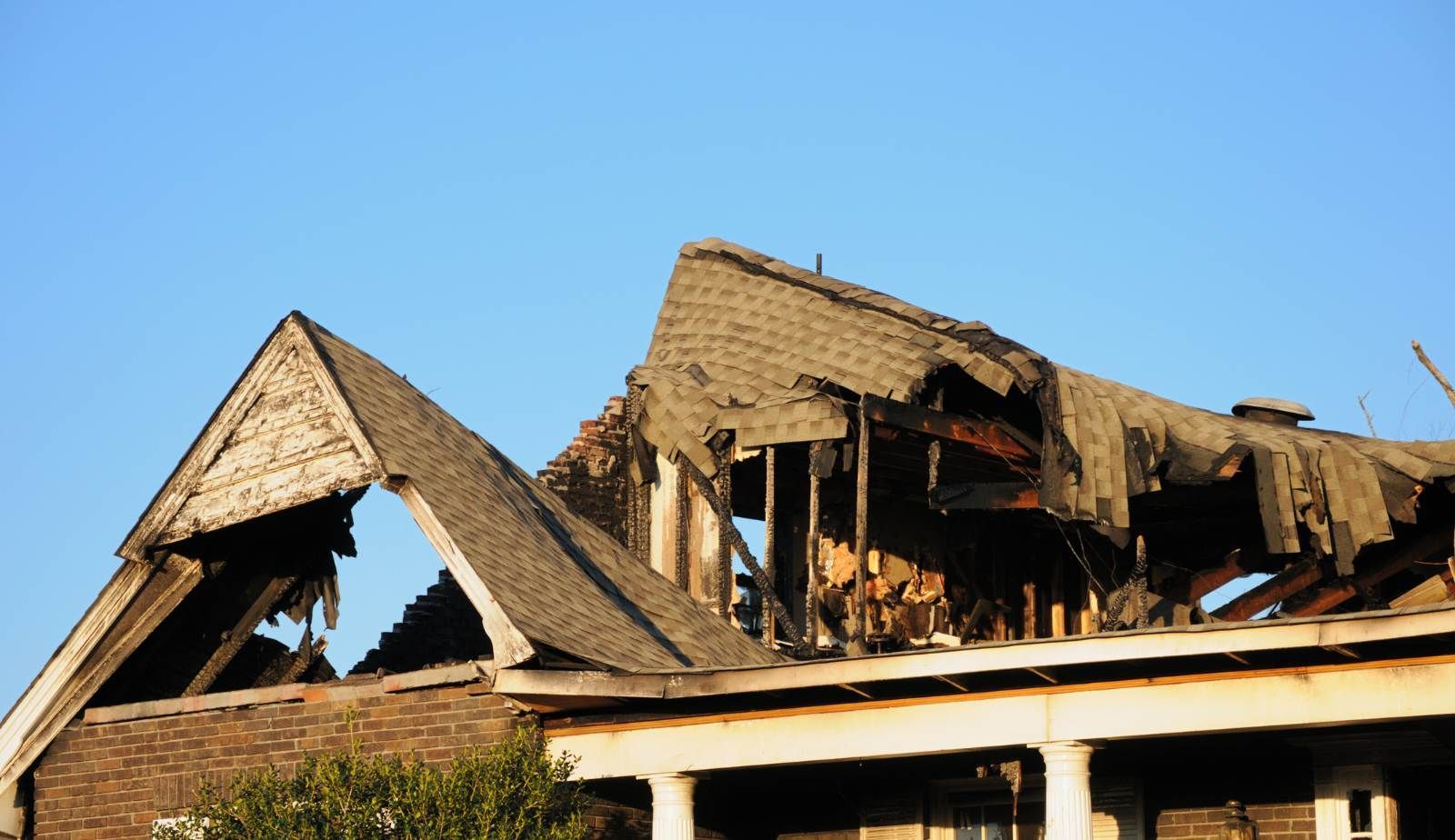The Importance of Thorough Drying of Structure and Contents After a Flood or Water Leak: Expert Tips from Drymax
Floods and water leaks can cause significant damage to both structures and personal belongings, leading to long-term consequences if not addressed promptly. Thorough drying of affected areas is essential to prevent mold growth, structural instability, and further deterioration of items. Homeowners may underestimate the urgency of this process, but swift action can save both time and money in restoration efforts.
Effective water damage restoration involves several critical steps, including air circulation, humidity control, and material assessment. Understanding these aspects can empower individuals to take the right actions immediately after a flood or leak occurs. Utilizing the right techniques can mitigate damage and restore the affected space more efficiently.
Drymax offers invaluable tips on post-flood drying strategies that can help homeowners navigate this challenging situation. By following best practices, individuals can ensure a healthier living environment and protect their investments from the repercussions of water damage.
Understanding Water Damage and its Consequences
Water damage can significantly impact the structural integrity of a building and its contents. It is crucial to identify the contributing factors to structural deterioration and address the risks associated with mold and mildew growth.
Contributing Factors to Structural Deterioration
Water intrusion can occur from various sources, including floods, burst pipes, and leaks. This intrusion can weaken the structural components, leading to issues such as warping, cracking, and even complete structural failure over time.
Materials such as wood, drywall, and insulation are particularly vulnerable to water exposure. Once these materials absorb moisture, it can create an environment that fosters further deterioration.
In addition to physical damage, prolonged exposure to water increases the risk of corrosion in metal components. Regular inspections and prompt repairs help mitigate these risks and maintain the integrity of the structure.
Mold and Mildew: Risks and Prevention
Mold growth is a significant concern following water damage. It thrives in damp conditions and can begin to develop within 24 to 48 hours of moisture exposure.
The health risks associated with mold are well documented and can affect indoor air quality. Symptoms may include respiratory problems, allergies, and irritation of the eyes or skin.
Preventing mold and mildew requires thorough drying of affected areas. Utilizing dehumidifiers and increasing ventilation can significantly reduce humidity levels. In addition, using mold-resistant materials in restoration efforts can help prevent future growth. Regular monitoring for signs of moisture and mold is essential for maintaining a safe living environment.

Effective Water Removal Techniques
Thorough water removal is crucial for preventing structural damage and reducing the risk of mold growth after a flood or leak. The process can be broken down into two primary methods: initial water extraction and the use of advanced drying equipment.
Initial Water Extraction Methods
The first step in effective water removal involves extracting standing water from the affected area. This can be accomplished using a variety of tools and techniques.
- Pumps: High-capacity pumps are often the most efficient means of removing large volumes of water quickly. Submersible pumps work effectively in spaces with significant flooding.
- Wet Vacuums: These machines are designed to remove residual water from carpets and hard surfaces. They can be particularly useful in areas that are difficult to reach with larger equipment.
- Mopping and Towels: In cases where water is shallow, manual methods like mopping or soaking up the moisture with towels can effectively reduce water levels.
Prompt action during this phase is essential to minimize damage and ensure drying methods can be implemented effectively.
Utilizing Advanced Drying Equipment
After initial extraction, advanced drying equipment plays a vital role in restoring the affected area. This equipment enhances the drying process significantly.
- Industrial Fans: These fans increase airflow, which helps to evaporate moisture quickly. Positioning fans strategically can double the drying rate.
- Dehumidifiers: These devices work in tandem with fans to remove moisture from the air. By lowering humidity levels, they create an environment where leftover moisture can evaporate more easily.
- Air Movers: Similar to fans, air movers redirect air to surfaces, facilitating faster drying. Their compact design allows them to be placed in various settings, ensuring comprehensive coverage.
Using this combination of techniques ensures that both structures and contents are thoroughly dried, reducing the risk of long-term damage.
Dehumidification Strategies for Optimal Drying
Effective dehumidification is essential in restoring a structure after water damage. This section focuses on the selection and use of dehumidifiers, as well as maintaining ideal humidity levels to ensure optimal drying.
Selection and Use of Dehumidifiers
Choosing the right dehumidifier is crucial for effective moisture removal. High-capacity units are often preferred for significant water damage due to their faster water extraction capabilities.
Types of Dehumidifiers:
- Refrigerant Dehumidifiers: These are effective in warmer conditions and work by cooling the air to condense moisture.
- Desiccant Dehumidifiers: More suitable for colder conditions, they use moisture-absorbing materials to reduce humidity.
Once selected, dehumidifiers should be positioned strategically in the affected area. It's important to ensure proper airflow around the units for maximum efficiency. Regularly checking and emptying the water collection reservoir keeps the equipment functioning optimally.
Maintaining Ideal Humidity Levels
Maintaining appropriate humidity levels is vital for preventing mold growth and structural damage. The ideal indoor humidity range is typically between 30% to 50%.
To achieve and sustain these levels, monitor humidity using a hygrometer. If levels exceed the desired range, adjust the dehumidifiers or incorporate ventilation techniques.
Temperature Control also plays a significant role. Warmer air can hold more moisture, so setting a moderate temperature can enhance drying efficiency.
By consistently managing both humidity and temperature, it ensures that materials dry thoroughly, reducing the risk of long-term damage and health hazards.

Monitoring Moisture Throughout the Drying Process
Effective drying after a flood or leak is essential to prevent mold growth and structural damage. Monitoring moisture levels throughout this process ensures that all affected areas dry thoroughly, guiding restoration efforts accurately.
Applications of Moisture Meters
Moisture meters are vital tools for assessing moisture levels in various materials, including wood, drywall, and concrete. These devices come in two main types: pin-type and pinless.
- Pin-Type: Measures moisture levels by inserting pins into the material. It's particularly effective for wood.
- Pinless: Uses electromagnetic sensors to scan surfaces without penetration, ideal for larger areas.
Regular moisture testing with these devices provides a quantitative assessment of drying progress. Properly calibrated moisture meters help restoration professionals determine when an area has reached acceptable moisture levels. This data is critical to ensure that no hidden damp spots remain, which could lead to future problems.
Employing Infrared and Thermal Imaging
Infrared cameras and thermal imaging technology play a crucial role in monitoring moisture by revealing temperature differences that indicate hidden moisture issues. These devices can detect moisture behind walls and under floors, where traditional methods may fall short.
The benefits of using infrared technology include:
- Non-Destructive Testing: No need to damage surfaces.
- Comprehensive Scanning: Quick assessment of large areas.
- Immediate Feedback: Allows for real-time decision-making.
With infrared cameras, professionals can visually assess areas that require additional drying. Identifying cold spots may indicate trapped moisture, prompting further inspection. This method significantly enhances the efficiency of the drying process by prioritizing the most critical areas for intervention.
Enhancing Airflow and Circulation
Effective airflow and circulation are crucial for thorough drying after a flood or water leak. Proper management of air movement can significantly reduce drying time and prevent secondary damage, such as mold growth.
Importance of Air Movers
Air movers are essential tools in water damage restoration. They increase the velocity of air movement across surfaces, enhancing evaporation rates and reducing moisture levels.
Using multiple air movers strategically can achieve a more consistent airflow throughout the affected area. They can be positioned at various angles and heights to target specific wet spots directly.
The increased air circulation helps to equalize air pressure, preventing pockets of damp air from forming. This process not only speeds up drying but also minimizes the risk of structural damage linked to prolonged moisture exposure.
Designing an Efficient Airflow System
Designing an effective airflow system involves understanding the layout of the space and the location of wet materials. Proper ventilation plays a vital role in optimizing airflow.
A well-planned system includes both intake and exhaust points to allow fresh air to enter while enabling moist air to escape. This can be achieved through windows, doors, or mechanical ventilation systems.
It is important to create a balance between dehumidification and airflow. Too much air movement without adequate moisture control can lead to surface drying without addressing deeper layers. Airflow should be adjusted based on humidity levels to maintain effective drying conditions.
By implementing these techniques, the drying process becomes more efficient, ultimately leading to better restoration outcomes.
Restoration and Cleaning Post-Drying
After thorough drying, the next crucial steps involve cleaning and restoration. This ensures that any remaining contaminants are removed and structures return to pre-loss conditions. Alongside this, careful attention to the restoration process is necessary to prevent issues like mold growth.
Thorough Cleaning and Sanitizing
During this phase, all affected areas must undergo a comprehensive cleaning and sanitizing process. This includes surfaces, materials, and any furnishings that were exposed to water.
Using appropriate cleaning agents is vital. These could include:
- Detergents for general cleaning
- Disinfectants to eliminate harmful pathogens
- Mold removers for any signs of mold growth
Cleaning professionals often utilize specialized equipment such as steam cleaners or fogging machines to ensure thorough disinfection.
It’s also essential to address hidden areas where moisture could linger, such as behind walls or under flooring. Regular monitoring for moisture levels will help in identifying any ongoing issues.
Final Steps in the Restoration Process
Once cleaning is completed, the restoration process can progress. This involves repairs and replacements necessary due to flood damage.
Key tasks in this stage include:
- Assessing Damaged Structures: Identifying any areas that have sustained permanent damage.
- Drywall and Insulation Replacement: Ensuring that these components are not harboring mold.
- Flooring Restoration: Repairing or replacing carpets, tiles, and wood flooring.
Engaging with professionals skilled in flood damage repair can expedite this process. Additionally, successful mold remediation is key after a flooding event to prevent the recurrence of mold issues in the future. Consistent communication between the restoration team and property owners ensures that expectations align and the restoration is conducted efficiently.

Handling Insurance and Professional Assistance
Navigating insurance and knowing when to seek professional assistance play critical roles in managing water damage effectively. Understanding these aspects can ensure that affected individuals receive adequate support and resources during recovery.
Navigating Insurance Claims
When filing insurance claims for flood damage, it's vital to act promptly. Insurance policies vary, so individuals should read their specific terms and conditions closely to understand coverage limits, exclusions, and required documentation.
A detailed record of damages is essential. This can include photographs, receipts, and a list of damaged items. Additionally, arranging for an adjuster’s inspection quickly can help confirm damages and expedite the claims process.
Many insurance carriers require estimates from licensed professionals for the repairs needed. Thus, obtaining quotes from multiple restoration companies can support claims by providing detailed information and cost assessments about required emergency repairs.
When to Hire Restoration Professionals
Professional assistance is crucial when handling significant water damage. Restoration professionals are trained to assess and manage extensive damage, ensuring thorough drying and minimizing risks like mold growth.
They possess specialized equipment for structural drying and repair, which DIY methods often lack. In instances of extensive flooding or prolonged water exposure, professionals can offer both expertise and resources.
It's advisable to hire restoration experts promptly after a leak or flood. The longer water sits untreated, the more damage can occur. Engaging qualified professionals can often save individuals from future complications and additional repair costs.
Preventive Measures and Long-Term Protection
Effective preventive measures are essential for long-term protection from future water damage. Implementing strategies that address both mold resistance and structural integrity can significantly enhance the resilience of buildings and their contents.
Incorporating Mold-Resistant Solutions
To mitigate mold growth, adopting mold-resistant solutions is crucial. Using mold-resistant paint on walls and ceilings can create a barrier against moisture. This type of paint contains antimicrobial agents that inhibit mold spores from developing.
Additionally, employing drying chambers during the restoration process can ensure thorough drying. These chambers maintain controlled humidity and temperature levels, reducing the likelihood of residual moisture that promotes mold growth.
Regular inspection and maintenance of roofs, gutters, and downspouts are also essential. Keeping these areas clear prevents water accumulation, reducing the risk of leaks into the structure.
Ensuring Structural Integrity and Prevention
Maintaining the structural integrity of a building is vital for long-term protection against water damage. Regular assessments by professionals can identify weaknesses in the structure, such as cracks in the foundation or compromised beams.
Installing dehumidifiers in basements or areas prone to moisture can help control humidity levels. This proactive approach prevents water from accumulating, thereby safeguarding the structural components.
In addition, sealing all potential entry points for water, including windows and doors, can further enhance protection. Using weather stripping and caulking can effectively block unwanted moisture from infiltrating the building.
By integrating these strategies, individuals can ensure their property is well-protected against future water damage, promoting both safety and longevity.
Frequently Asked Questions
Addressing common concerns can help streamline the process of managing water damage. Below are specific queries often encountered during such situations, along with clear guidance.
What are the steps to take immediately after experiencing a water leak to prevent further damage?
First, the source of the water leak should be identified and stopped to prevent additional influx. Next, any standing water should be removed using wet-dry vacuums or pumps.
After removing excess water, it is essential to ventilate the area using fans and open windows. This helps to facilitate evaporation and reduce humidity levels.
How can you effectively dry out your house following a flood?
To effectively dry out a home, begin by extracting as much water as possible with appropriate equipment. Utilize high-capacity pumps and wet vacuums for standing water removal.
Subsequently, deploy dehumidifiers throughout the affected areas. This will assist in reducing moisture levels in the air, promoting more efficient drying of surfaces.
What is the estimated time frame for thoroughly drying out walls after they've been water damaged?
The time required for walls to dry can vary based on several factors, including the extent of water damage and environmental conditions. On average, it takes approximately 3 to 5 days to achieve thorough dryness.
Factors that may influence this timeframe include the materials used in wall construction and the amount of contents affected. It is crucial to monitor moisture levels regularly.
Which professionals should be contacted for water damage restoration and why?
For extensive water damage, it's advisable to contact certified water damage restoration professionals. These specialists possess the training and equipment necessary for effective assessment, remediation, and rebuilding.
They can also provide insights on insurance claims and related processes, ensuring that homeowners navigate the complexities of restoration with ease.
What strategies can be employed to minimize water damage to the contents of a home?
To minimize damage to contents, prioritize quick action. Move any valuable items and electronics to a dry area, if possible, before starting the drying process.
Using plastic sheeting can help protect items in place. Proper documentation of water-damaged belongings is also critical for insurance purposes.
How do you determine when a structure is sufficiently dry after water damage?
To assess whether a structure is adequately dry, moisture meters can be utilized. These tools measure the moisture content in various materials, providing a clear indication of dryness.
Additionally, monitoring the indoor climate and ensuring that humidity levels remain low are essential steps in confirming that the drying process is complete.
You might also like
DryMax Restoration Blogs




